Why ULUs?
Universal Logic Units are modular digital building blocks. See it as digital Lego. I have created ULUs because I wanted to play with digital logic, like playing with Lego. When you have an idea, you just grab your ULUs, connect them to each other and build something. It is that easy. Show your children or family how digital technology works. Sensor based systems, logic experiments, a 4-bit computer or a Turing machine can be built with ULUs.
There are several advantages of using building blocks. First, everything you build is fully recyclable. No old experiments laying in the drawer somewhere. Secondly when more or new functions are needed, just build extra ULUs. You are not limited by anything. Third, you can build the most ULUs in one or two evenings. It is very rewarding to see progress that easy and have in a short amount of time something working in your hands. And finally, they look need.
ULUs are fully constructed with standard, of the shelf available, components. No 3D printed parts of custom PCBs are needed. Construction is easy and only hand-tools and a soldering iron are required for fabrication.
History of ULUs
It must be somewhere in the 1970’s that I experimented with Fischertechnik electronic building blocks. That became increasingly frustrating: I was always short on certain building blocks, while others laying around unused. Buying additional ones, was extremely expensive. So I designed a cheap building block (Figure below, second from left). Furthermore, Fischertechnik designed a separate block for every gate type. I found that so in contradiction to the generic usability of the other Fischertechnik materials, that I want to solve that.
It stayed at the back of my mind and in 2018 I finally found a solution and designed a uniform gate building block (Figure 1below third from left). In 2020 I improved it, it was the start of the current ULUs.

My earlier attempts to build logic bricks
The high prices combined with the limited functionality made me decide to design and build my own logic bricks: ULUs. I wanted it to be a fail-safe, easy to use and easy to make brick. That is why I chose positive logic (+5V is a logical 1), separate power plugs (to prevent short-circuiting), a 4-bit data bus plug (easy to plug and less surface area), standard boxes (no 3-d printing) and prototyping board (simple PCB’s that can be built without ordering). These are unique and powerful features that, together with the powerful functionality, ensure you can build beautiful experiments. Today over 30 ULUs are specified and build.
Other logic bricks
The idea of logic bricks was first introduced in the early 1970’s in Germany. Several systems where developed and mainly used for education. Nowadays logic bricks can still be bought. However, they have two major disadvantages: 1. They are expensive and 2. The functionality is limited to mostly gates and flip-flops. If you want to build something interesting, you need a lot of bricks.
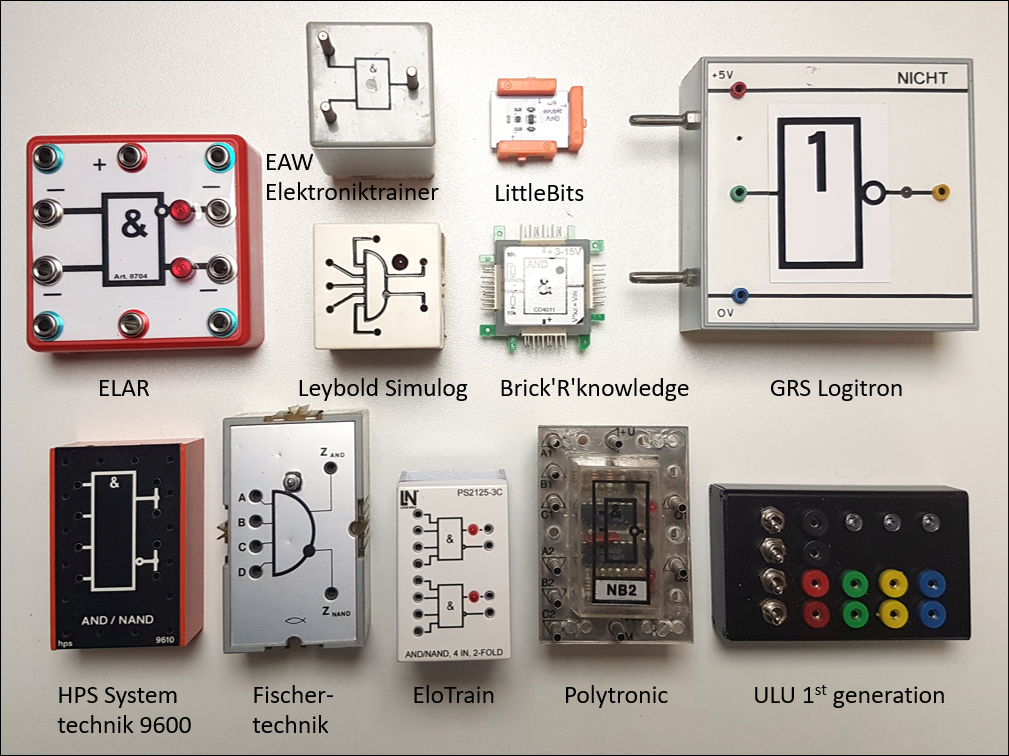
Old and recent logic bricks (collection from the author)
All documentation can be found on Github: https://github.com/J-Brinkman/ULUs
 Jeroen Brinkman
Jeroen Brinkman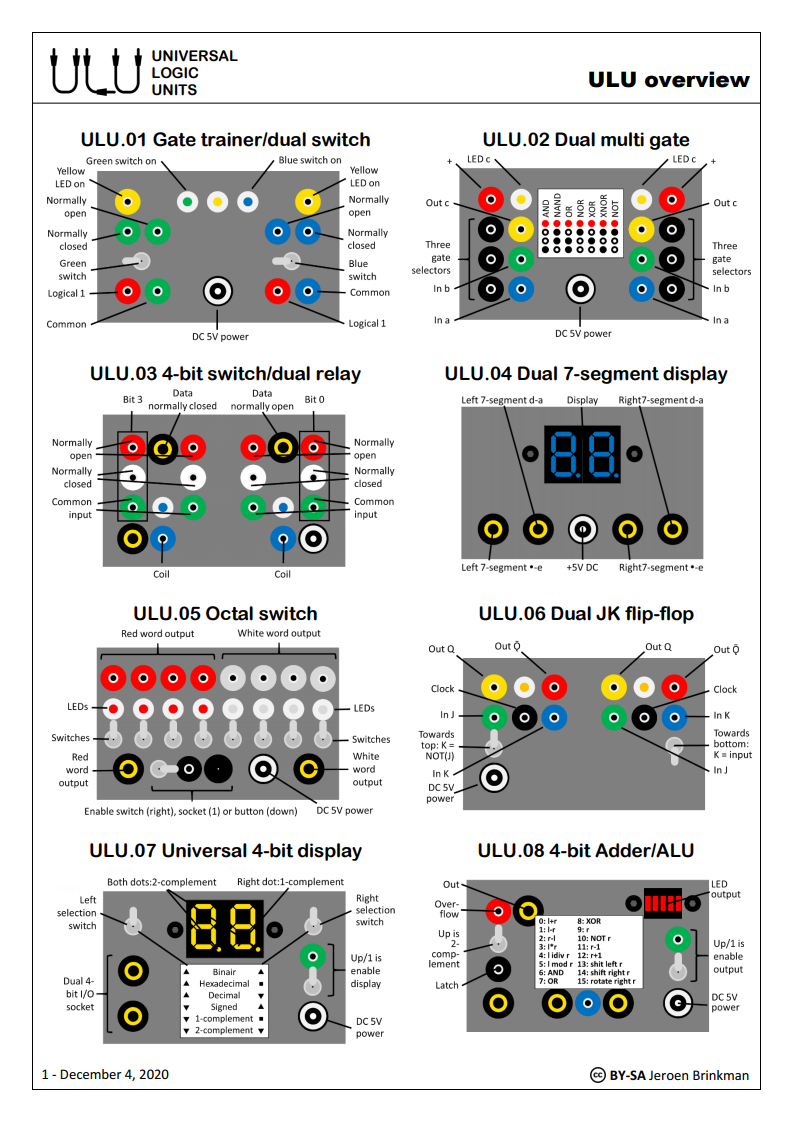
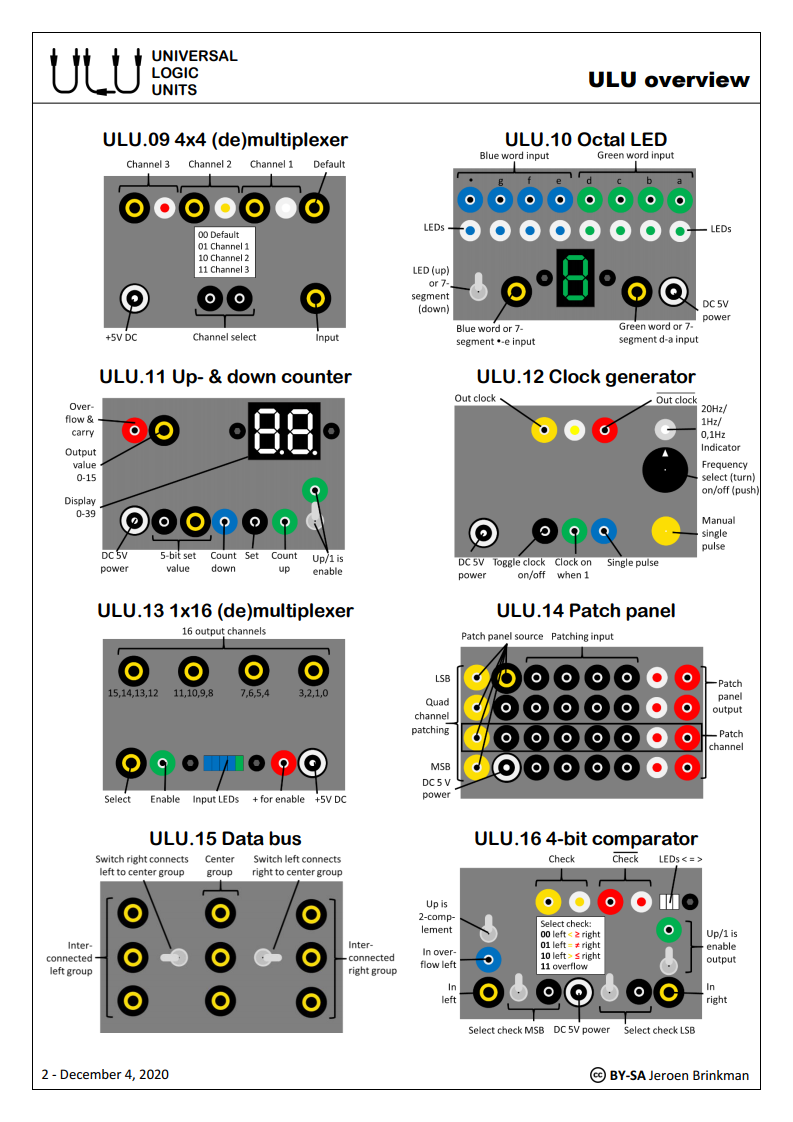
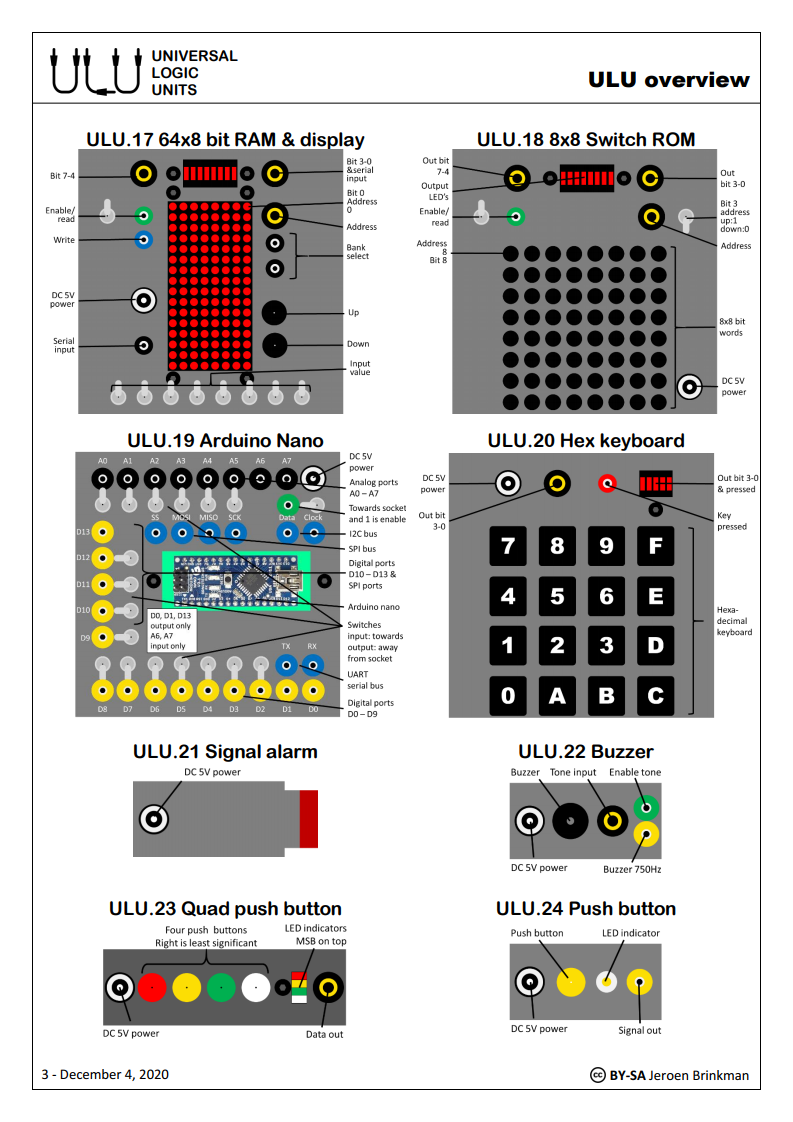
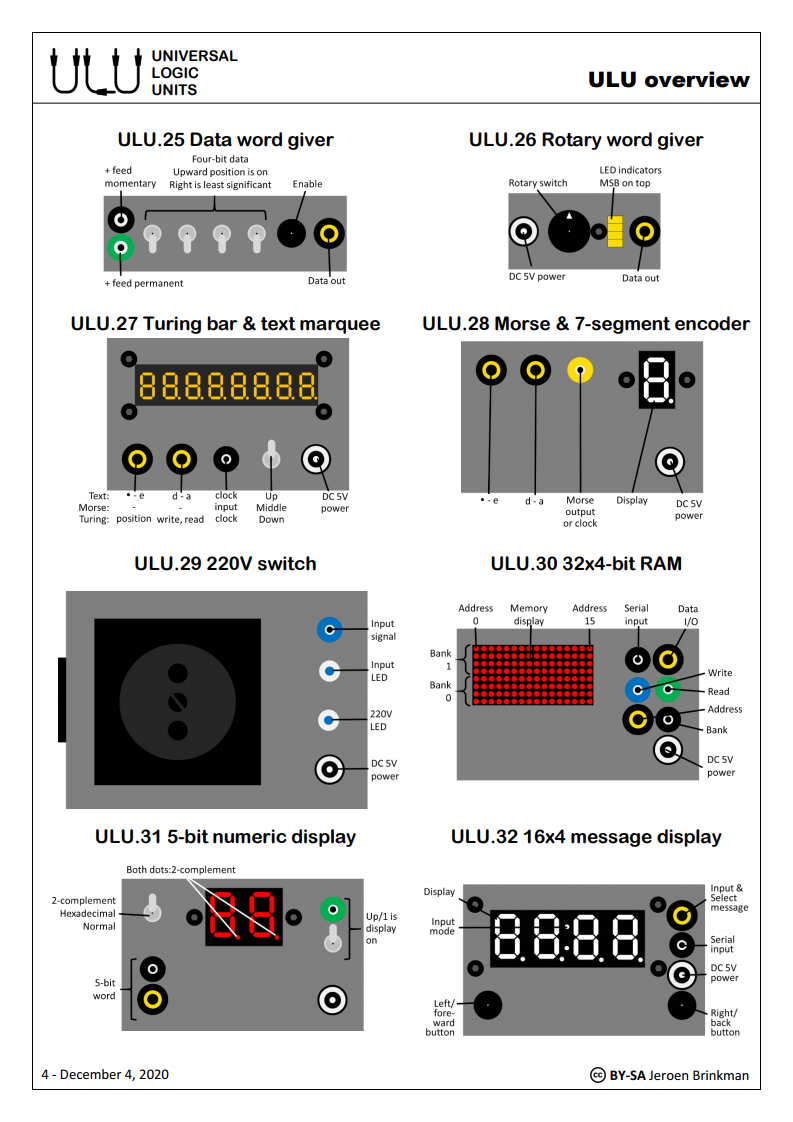

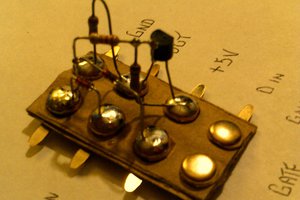
 Dr. Cockroach
Dr. Cockroach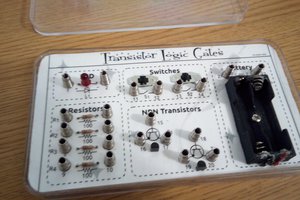
 deftcoyote
deftcoyote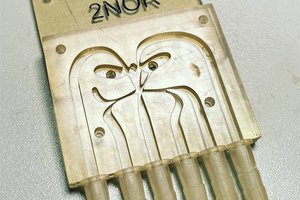
 Artem Kashkanov
Artem Kashkanov